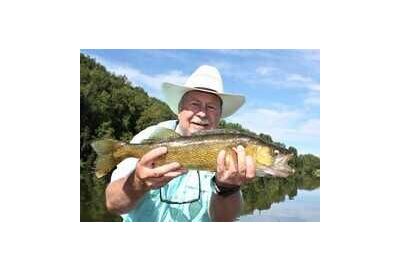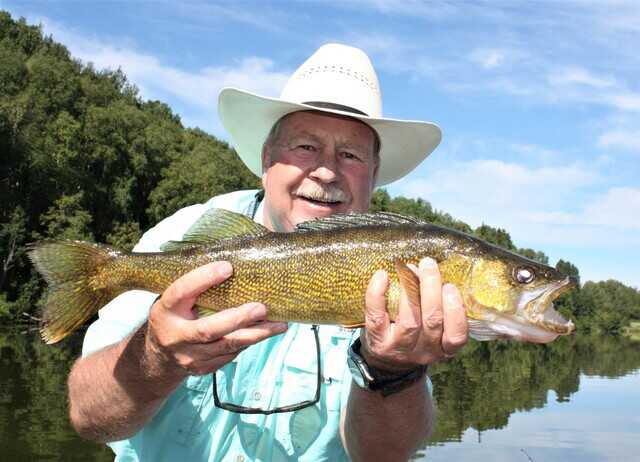Western Canadian fisheries biologists, when confronting the problem of declining walleye populations, must come to terms with our most popular game fish.
Because unlike the ubiquitous rainbow trout, Uncle Walter presents some unique challenges.
Specifically in the Alberta context where there are a limited number of waterbodies suitable to nurture walleye.
Unlike trout where hatcheries managers can rely on an abundant supply of eggs from hatchery raised brood stock, walleye eggs must be collected by stripping wild walleye females lived-captured during spring spawn camps and returned back to their home waters.
Then transported to the state-of-the art Cold Lake Hatchery for rearing.
But the challenges don’t end there.
Because of the voracious nature of our dominant fresh water predator, walleye must be stocked out as little as fingerlings or eye-lash sized fry.
Otherwise they begin attacking and eating each other. No love lost in the walleye world.
Considering it takes up to five years to produce a catchable-sized fish in our cold, unproductive climate, it’s little wonder fisheries managers stock out walleye in the millions when attempting walleye population restorations.
Against those odds, extirpated populations in Alberta lakes like Pigeon, Lac La Biche and Wabamun have been returned to thriving fisheries.
As long as anglers are willing to wait for the low and slow process to kick in.



